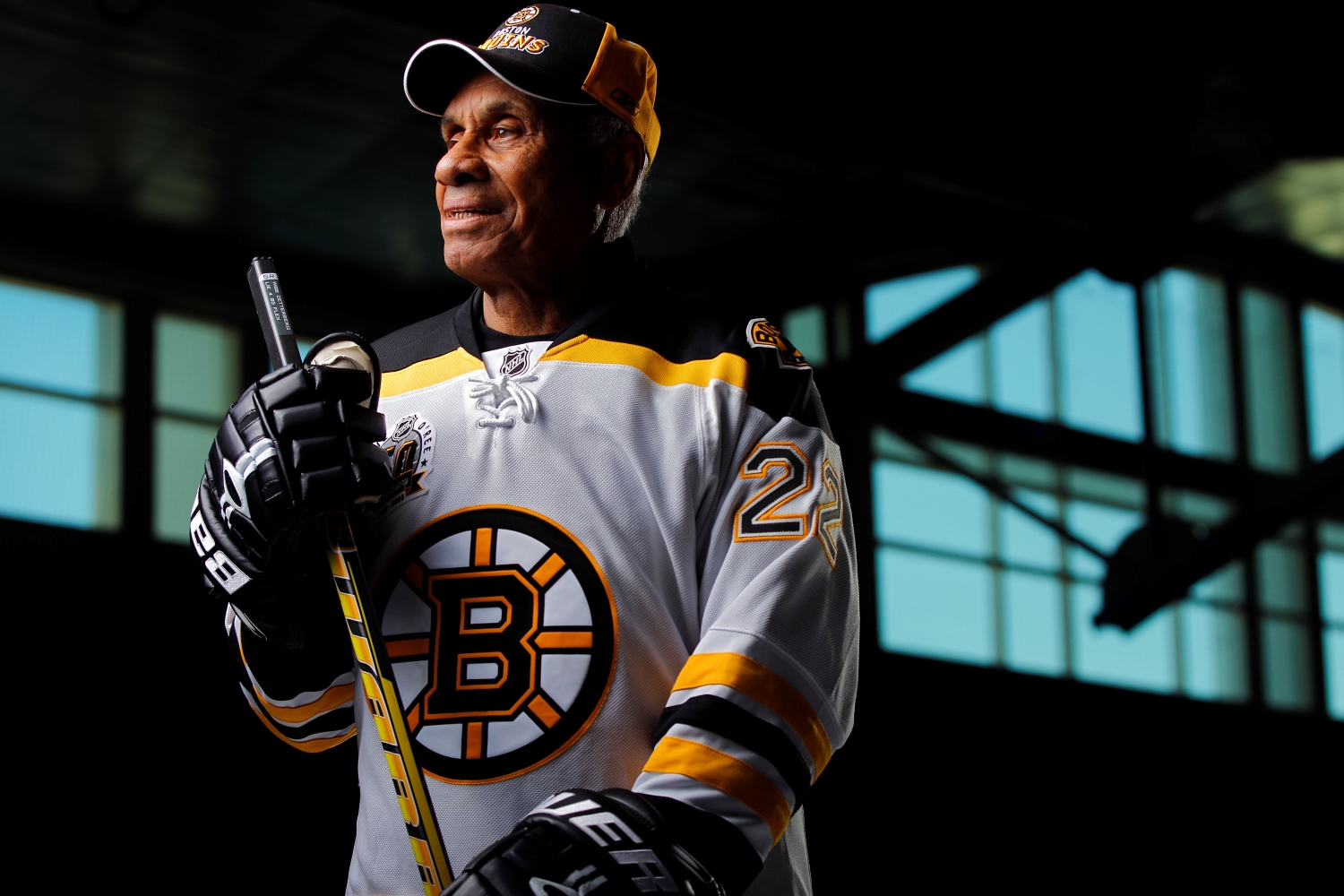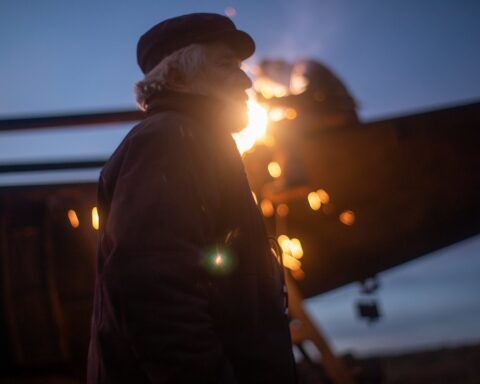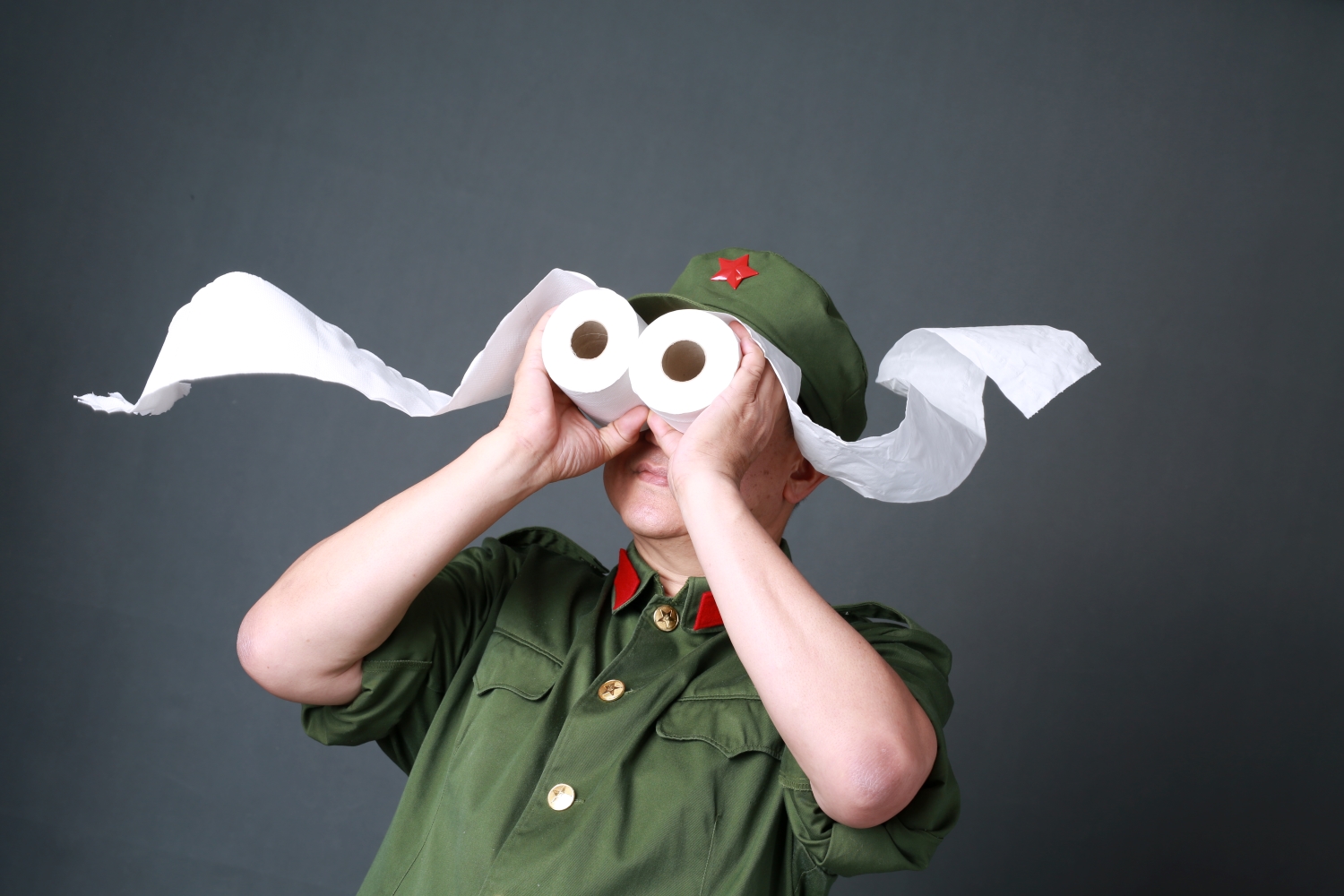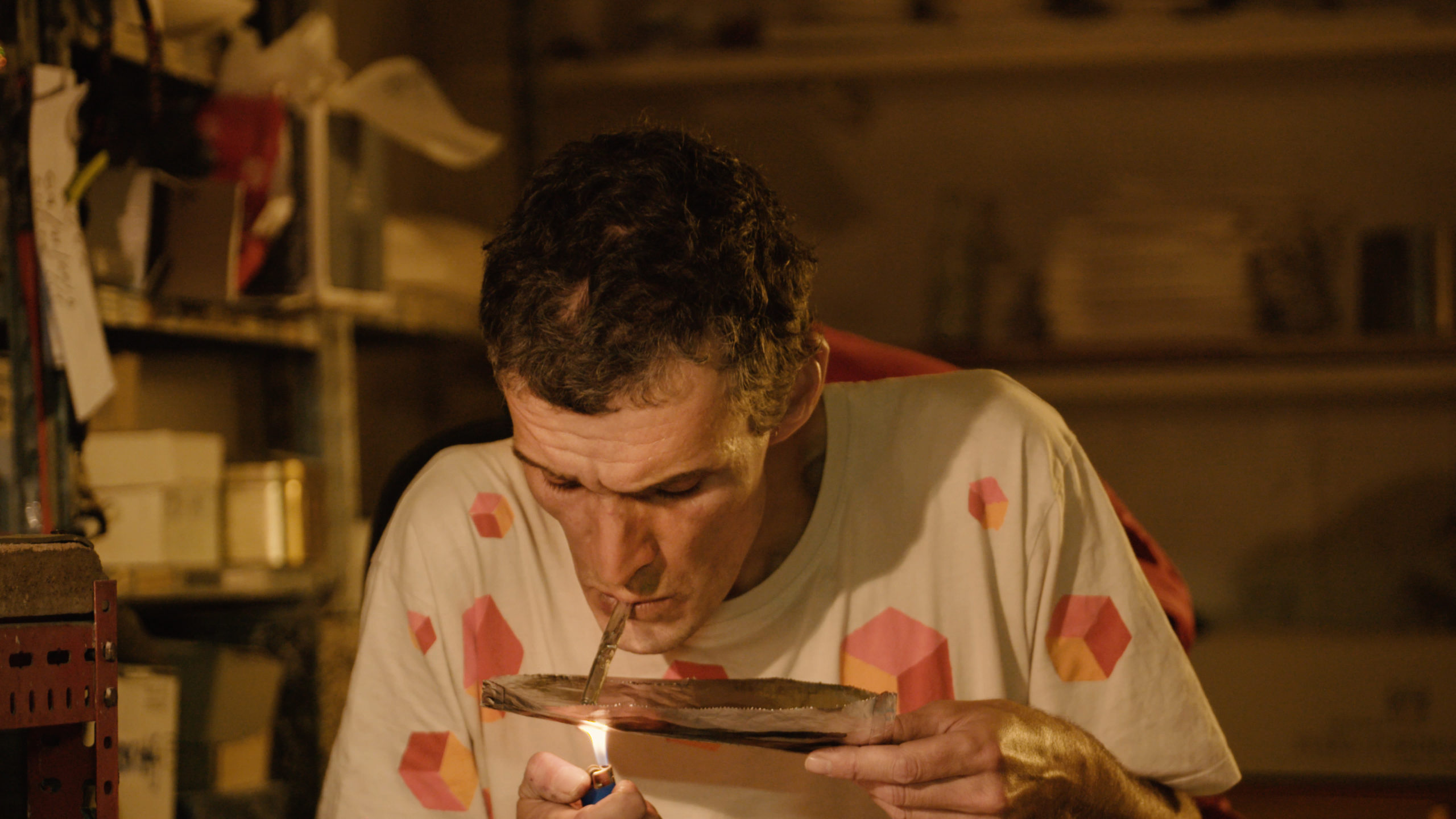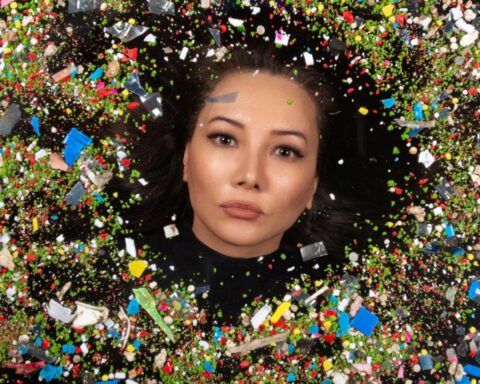The story of the man who broke the NHL’s colour barrier feels like something we all ought to know already. And that’s one big reason why Willie, director Laurence Mathieu-Léger’s warm-hearted portrait of Willie O’Ree, will surely be one of the most treasured Canadian documentaries of the year, as well as the one most likely to moisten the eyes of even the most stoic hockey fans.
As a 22-year-old left winger who grew up in one of the two Black families in Fredericton, New Brunswick, O’Ree made his debut for the Boston Bruins at the Montreal Forum on January 18, 1958. Yet, however momentous the occasion may have been, even he didn’t know what he’d done until the next day. His focus was on the game at hand.
“I was no stranger to the Montreal fans because I’d already played against the Montreal Junior Canadiens there,” remembers O’Ree in a phone interview from San Diego, where he’s lived since ending his 21-year career as a pro hockey player with the San Diego Hawks in 1979. “So, when I stepped on the ice that night with the Bruins jersey on, I could see people pointing in my direction, but my first thought was just to go out and play a good game because I had to represent the hockey club as best I could. And we shut out the Canadiens three-nothing. I didn’t get any goals, assists or penalties that night, but just beating the Canadiens was a big thing because they were winning the Stanley Cup year after year after year.
“My mom and dad had come up from my hometown with four or five of my friends. After the game, I talked to them for a little bit, but both teams were taking the train to Boston to play there on Sunday, so I didn’t have too much time. But then I read it in the paper the next day and said, ‘Oh my goodness.’” Only then did it really dawn on O’Ree what he’d done. As he says, “I opened doors not only for Black players but all players of colour to get into the league.”
O’Ree played one other game for the Bruins that year and then 43 more when they called him up again in 1961. He’d ultimately amass an NHL record of four goals and 10 assists and later earn two scoring titles in the WHL. In the decades that followed, players like Wayne Simmonds of the Philadelphia Flyers and WNHL star Kelsey Koezler came through those doors. (They also share their stories and gratitude in Willie.) Nevertheless, a wider acknowledgment of O’Ree’s achievement was a long time coming.
A Montreal-bred, New York-based filmmaker whose CV includes enterprise and investigative online-doc projects for The Guardian and La Presse, Mathieu-Léger was one of the many who either forgot his name or never heard it in the first place. Some 60 years after O’Ree’s NHL debut, the director happened upon the chance to bring attention not just to O’Ree’s history but his continuing efforts to foster diversity in the sport he loves.
Mathieu-Léger learned about O’Ree from Bryant McBride, a friend and former neighbour of hers when she first moved to New York 10 years ago. A former youth hockey coach from Sudbury, McBride himself heard about O’Ree in 1996 while he was working for the NHL. After tracking him down in California with the help of friends in the FBI, he hired O’Ree to work on a new diversity program for the NHL in 1996. So, when Mathieu-Léger met Bryant on the stoop of his brownstone and he told her about the drive by O’Ree’s friends and supporters to get him inducted into the Hockey Hall of Fame, Mathieu-Léger realized, “We need to make a film about this, like, yesterday.” Three days later, she was doing her first shoot at a hockey rink in Harlem. A little over a year after that, the film was done and heading to Hot Docs.
{As she tells POV, “Often when you tell a bio of a person, the present is quite static. In Willie’s case, there was something happening.” There was a whole lot, in fact, so much that she could avoid the usual sports-doc combination of archival footage and talking heads and instead employ a verité approach that captures O’Ree and the people in his life in a more intimate fashion. The director credits McBride, who came on board as the film’s executive producer, and his long friendship with her subject with giving her the access she needed. She also praises their “amazing allies” at the NHL who provided help, yet stopped well shy of exerting the control they might’ve expected if this were an official project. So, while Wayne Gretzky does indeed appear among Willie’s cast of interviewees, the result “is about so much more than hockey,” as the director says.
Thanks to its bounty of insights about race as well as hockey, and the suspense generated by the question of whether O’Ree will get the call from the Hall (no spoilers here, though news coverage last November may have tipped you off ), Willie becomes both a celebration of a life well-lived and a timely reminder of the continuing challenges for athletes of colour. Indeed, the experiences of Simmonds and Koezler suggest that the attitudes that O’Ree confronted are hardly confined to the past. The film also recounts an ugly incident involving fans in Chicago hurling racist taunts at Washington Capitals player Devante Smith-Pelly in January of last year.
It’s a somewhat bitter irony to learn that O’Ree had an equally promising career as a baseball player until his experience of the Jim Crow-era South at a training camp in Georgia convinced him that hockey was a better and potentially less perilous path. As he is in the film, he’s frank about what he endured. “There were times when you were sitting in the penalty box and you could hear the racial slurs and racial remarks,” he says. “When I was in the American Hockey League, they’d throw cotton balls and black cats on the ice in some of the cities. It bothered me but I didn’t let it bother me as far as my game went.”
Although O’Ree believes there’s been a great deal of positive change, “you still have those ignorant, racist, prejudiced people and you’re not going to change their minds regardless of what you do. They just can’t seem to look at a player and look for the ability that he has, the talent. I always look up to what Dr. King said: Don’t judge a person by the color of their skin, but by the content of their character. There’s a lot of truth to that. When I look in the mirror, I don’t see a Black man or a Brown man, just a man.”
Indeed, one of the most heartening aspects of Willie is the love that surrounded him growing up in Fredericton, which the film portrays as hardly free of racism but still very different from many of the places O’Ree later encountered. It’s easy to discern the value and importance of the love and support of those friends, many of whom led the campaign to get him into the Hall and are just as anxious to hear the outcome.
As Mathieu-Léger notes, “People of colour who are Willie’s age probably don’t have 70-year friendships with white people. They could have 20-year friendships, but the truth of the matter is that people who were born in the ’30s and ’40s didn’t mingle or integrate like this. That’s especially not in the South but even in the North. I live in the U.S. and it’s still very segregated.”
For O’Ree, the chance to revisit his old haunts in Fredericton for the film “brought up some fine memories.” The youngest of 13 children, he describes a “good childhood” full of family and friends. “Colour never came into the picture at all,” he says. “I slept over at my friends’ houses and they slept over at mine.” His parents said he could play as many sports as he wanted as long as he kept his grades up.
“One of the topics we wanted to address in the film was cross-generational change and impact,” says Mathieu-Léger. “This is why we also wanted to remember where Willie was from and research his own family’s roots in South Carolina. I was blown away by what we discovered.
“Yet Willie’s story is not just about Willie in the past but Willie now and Willie tomorrow and the legacy he’ll leave behind. That’s why it’s really important to remember where you’re from and the people you touch along the way and how people carry your legacy. It’s amazing to see how he changed hockey for everyone and forever and that he was kind of forgotten. But look at the NHL now: It’s more diverse and there’s a ton more kids of colour playing. We also know that there’s still an issue. That’s representative of the times we live in. It’s constantly baby steps.”
All that’s why O’Ree may be an even more inspirational figure now at the age of 83 than he was at 22. After his career as a player, he’d long hoped to have another means of contributing to the sport. (Instead, he worked in hotel security and ran several Jack in the Box franchises.) Ever since McBride reached out with a new job, he’s been tireless in his efforts to work with youth programs across the US. The impact of Mathieu-Léger’s film is bound to intensify an already busy itinerary, though O’Ree doesn’t seem to mind.
“I travel around to different programs and speak at schools and boys’ and girls’ clubs and YMCA and YWCAs…anywhere where there’s kids to let them know there’s another sport to play,” he says. “I’m going into my 22nd year doing it. I get to meet so many boys and girls and have a chance to change their lives, help them set goals and stay focused on what they want to do.
“My dad always said, ‘Willie, find a job you love and you’ll never work a day in your life.’ And I’m just having a great time.”




